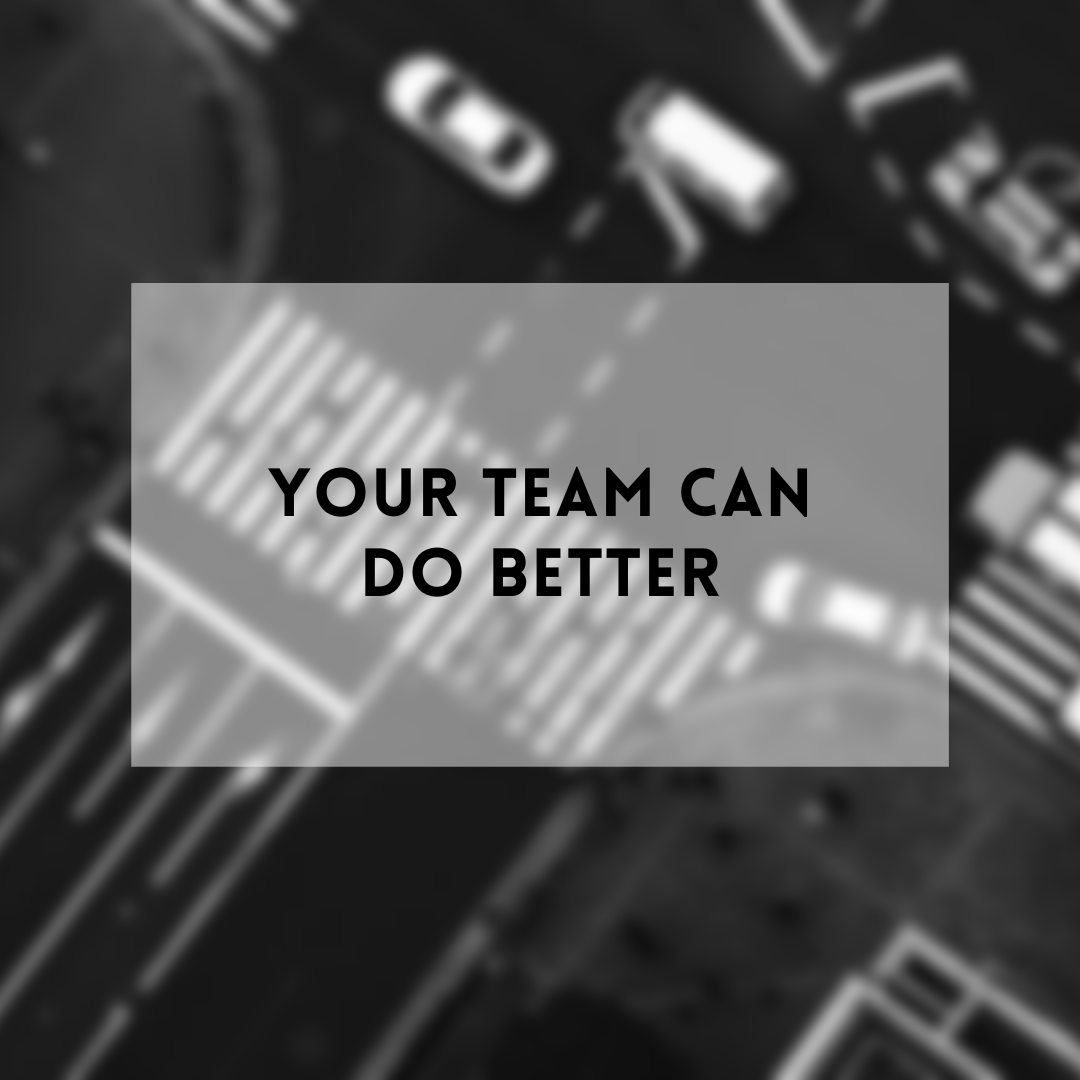Your team can do better
Purpose, rhythm and a north star are the keys to your success.
I’ve worked on a number of product teams over the course of my career. Some have worked well — meaning that we made decisions, design and development happened and a product was born or evolved as a result of the work the team did together.
I’ve been on other teams that were a bust. Meaning — decisions were made many times or un-done, work would make it forward but then would be reversed or revisited and very little made it into the world. One I worked on still hasn’t launched anything a year and a half after I left the team.
I am biased toward action. I will drive for decision and test with a prototype or in market over unending research and pontification. I believe that you will see more success from testing and learning than you will from sitting in a room and wondering “what if..?”
In some industries, this is harder because they are regulated. In some businesses, it is harder because they are established and the perception is that in order to change an entire legacy business needs to be considered. I believe that most of the time these are just excuses to stay with the status quo and to not take risks.
When it comes to action, the biggest barrier is often the team who is charged with making change in the first place. This doesn’t have to be the case. Your team can overcome and bring greatness (or at least bring something!) into the world.
PURPOSE
What works:
A shared sense of purpose: meaning that the success of the product is greater than the success of any one individual.What doesn’t work:
Individuals jockeying for power and stardom inside their organizations at the expense of other team members.Preciousness over the craft — whether design, development or research — when an artist becomes too precious about his or her work, the product as a whole suffers.
TEAM WORK
What works:
Regular all-team reviews of works including a core cross-functional team of people: business / research / design / development.What doesn’t work:
A handoff approach where work is passed from one function to the next. Think about it as a team sport (football, basketball) not a relay race.
HONESTY
What works:
Direct, honest conversation — seems basic but it amazes me how often this doesn’t happen.What doesn’t work:
Skirting issues, giving unclear feedback or direction to another team member.
RHYTHM
What works:
Regular cadence and communication: planned in advance and happening with the core team.What doesn’t work:
Having no plan or an ambiguous plan for communication and meetings. Skipping meetings & touch-bases. You can spend five mins and end early but don’t get in the habit of skipping communication. (I believe this is often an excuse to NOT have hard conversations.)
A NORTH STAR
What works:
Reviewing the product roadmap each week: always orienting to success criteria or desired outcomes, then the focus areas defined, THEN the details.What doesn’t work:
Assuming people have a shared understanding of why you are in it together, work planned or have reviewed documents that are sitting out on a shared drive.
DECIDING
What works:
Deciding. When there are multiple options being considered, pick one. Your team should have a “decider” who gets to make the final call when it’s not obvious or there is debate about which option to pursue. This person should be present in all reviews. If he or she can’t be present, another person should have that role.What doesn’t work:
Deferring decisions to people who aren’t in the room. Not driving to resolution on decisions that need to be made. Lack of clarity about the decision — you know the feeling when you leave a meeting unsure as to whether or not a decision was made? If you feel that feeling, drive to clarity with the team BEFORE you leave the room.Teams bring unique talent and perspectives together so that something greater can emerge than could be created by a single individual. This is the magic. It’s worth it. And it’s so much fun to win the game with your team there to celebrate along side you.
